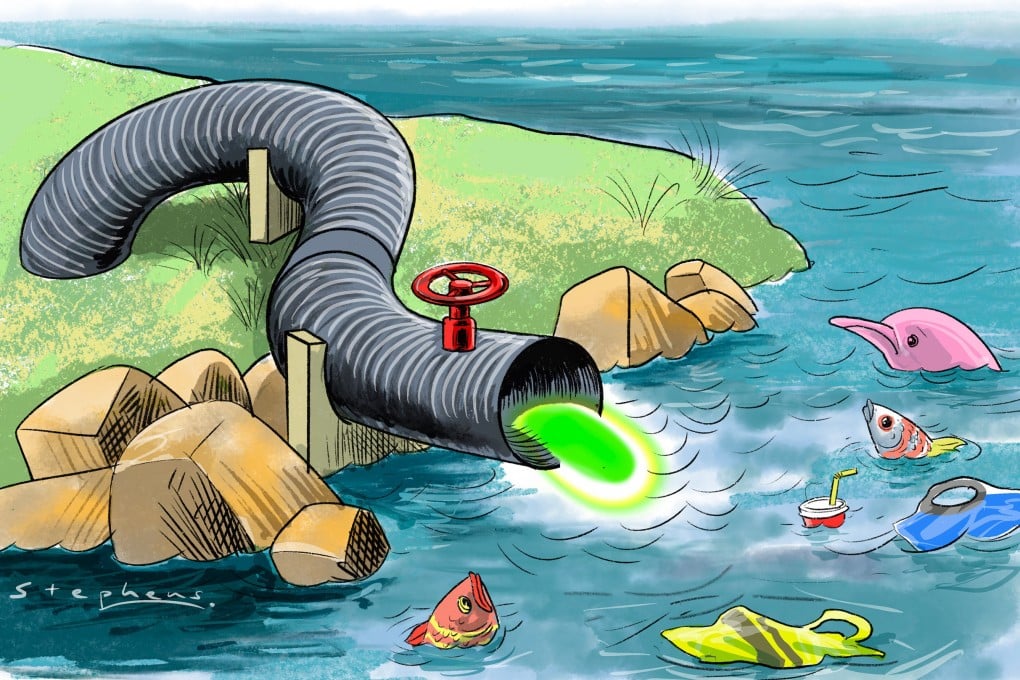Advertisement
Opinion | 5 questions for Japan on its plan to dump Fukushima nuclear plant waste water into the sea
- As concerns and condemnations grow, the Japanese government has not yet convinced the international community that the waste water is harmless
- How reliable its treatment system is and whether sea discharge is the best choice are also open to question
Reading Time:4 minutes
Why you can trust SCMP
19

Japan’s disposal of waste water from the Fukushima nuclear power plant is a matter that concerns the global marine environment and public health – not a private, domestic matter.
Its insistence on going ahead with plans to discharge that radioactive waste water into the sea, in disregard of international concerns – and Japanese people’s protests – has attracted criticism that Tokyo is selfishly and harmfully trampling on its obligations under international law, an accusation it denies.
But as concerns and condemnations grow, there are some serious questions the Japanese government should answer.
Question one: is the waste water really harmless? The Japanese government has talked up the safety of the waste water once it is sufficiently treated, and prefers to refer to it as “treated water”, possibly to distance it from any potential harm in the eyes of the public.
In fact, the waste water used to directly cool the reactor core that melted in the nuclear accident 12 years ago contains more than 60 radionuclides that require careful and extensive treatment. If harmful long-lived radionuclides are allowed to spread with the ocean currents, the damage to the marine environment and human health would be inestimable.
Earlier this month, based on a report by the Fukushima plant operator Tokyo Electric Power Company (Tepco), China Global Television Network (CGTN) concluded that fish caught in the failed nuclear plant’s harbour contained levels of radioactive caesium 180 times that of Japan’s legal standard.
Advertisement
